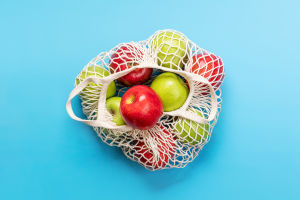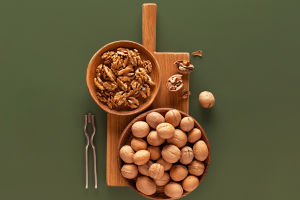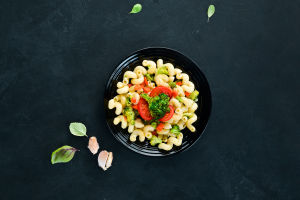Cupcakes are small, convenient cakes typically baked in paper cups.
They are popular at family gatherings, birthday parties, and other celebrations due to their simple preparation, adorable appearance, and diverse flavors.
This article will explore the history, preparation methods, flavor variations, and nutritional components of cupcakes.
History
The origins of cupcakes can be traced back to the 19th century in the United States. At that time, many households used small molds for portioning cakes, making them easier to share and enjoy. The earliest cupcakes did not have paper cups; instead, they were baked using ceramic or metal molds.
With the advancement of baking techniques and the widespread use of paper materials, cupcakes gradually evolved into the form we know today. By the mid-20th century, cupcakes became popular in the U.S. and quickly spread to other countries, becoming a widely loved dessert.
Preparation Methods
Making cupcakes is relatively simple and can generally be done through the following steps:
1. Prepare the ingredients: Common cupcake ingredients include flour, sugar, eggs, milk, butter, baking powder, and flavorings (like vanilla extract). You can add chocolate, nuts, or fruits according to personal preference.
2. Mix the dry ingredients: In a large bowl, combine the flour, baking powder, and salt to ensure they are well blended.
3. Mix the wet ingredients: In another bowl, cream the butter and sugar until light and fluffy, then gradually add the eggs and milk, mixing well.
4. Combine the dry and wet ingredients: Slowly add the dry ingredients to the wet mixture, stirring until no dry flour remains, but be careful not to overmix.
5. Fill the paper cups: Evenly distribute the batter into paper cups, filling them about two-thirds full to allow for rising during baking.
6. Bake: Place the cupcakes in a preheated oven at 180°C (350°F) and bake for about 15-20 minutes, or until the tops are golden and a toothpick inserted in the center comes out clean.
7. Cool and decorate: After removing them from the oven, let them cool, and then decorate according to personal taste, using frosting, icing, or chocolate sauce.
Flavor Variations
The flavor possibilities for cupcakes are endless. Common flavors include vanilla, chocolate, red velvet, lemon, carrot, and banana. As people continue to explore culinary delights, many innovative flavors and combinations have emerged.
For instance, incorporating matcha, coffee, purple sweet potato, or cheese can create unique flavors. Additionally, with the rise of health-conscious eating, many are experimenting with low-sugar, gluten-free, or plant-based cupcake recipes to better meet modern dietary needs.
Nutritional Components
While cupcakes are a delicious treat, their nutritional content often falls short compared to healthier foods. Traditional cupcakes typically contain high amounts of sugar and fat, resulting in higher calories, so they should be consumed in moderation.
However, the nutritional value can be enhanced by substituting ingredients. For example, using whole wheat flour instead of white flour, honey, or maple syrup instead of sugar, and adding fruits and nuts can increase the fiber and vitamin content of the cake.
Whether at family gatherings, birthday parties, or as an everyday snack, cupcakes are an ideal choice. Enjoying them in moderation and trying healthier substitutes can make cupcakes a more nutritious indulgence in life. Whether you are a baking novice or a seasoned expert, you can find joy in making cupcakes and creating your unique flavors.


